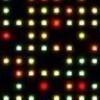
NIBIB-funded researchers used photoacoustic imaging for rapid measurement of metabolic rate of individual cells from breast tumors—information that can help guide treatment strategies.

NIBIB-funded researchers used photoacoustic imaging for rapid measurement of metabolic rate of individual cells from breast tumors—information that can help guide treatment strategies.
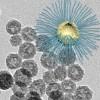
NIBIB researchers have designed a nanoparticle that generates radiation-induced oxygen free radicals in the low-oxygen center of tumors, dramatically increasing tumor destruction.
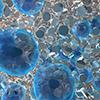
NIBIB-funded researchers have designed a new class of 2D nanomaterials that are disc-shaped and flat on the surface, to aid in treatments for cartilage repair.
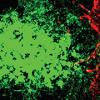
NIBIB-funded researchers created a new 3D bioprinted tumor model in a laboratory dish to screen anticancer drugs and study the spread of cancer.
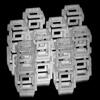
An NIH-funded team has developed a technique called implosion fabrication to build impressively small and intricate components on the nanoscale.
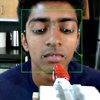
A million Americans with injury or age-related disabilities need someone to help them eat. Now engineers have taught a robot to pick up food with a fork and gingerly deliver it to a person’s mouth.
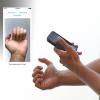
Biomedical engineers have developed a smartphone app for anemia screening that can assess blood hemoglobin levels through the window of the user’s fingernail.
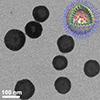
Many cancer treatments kill cells throughout the body and cause severe side effects but new work by NIBIB researcher Xiaoyuan ‘Shawn’ Chen, Ph.D., and his team could solve this problem by creating a way to release those toxic compounds only when and where doctors desire.
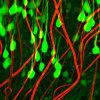
Researchers funded by NIBIB have designed neuron-like probes that can be implanted and remain viable for long-term use to study and treat the brain.
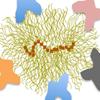
An NIH-funded team at the University of Colorado (UC) has assembled a clearer picture of the molecular activity that occurs when nanoparticles injected into the body are marked for immune system attack.